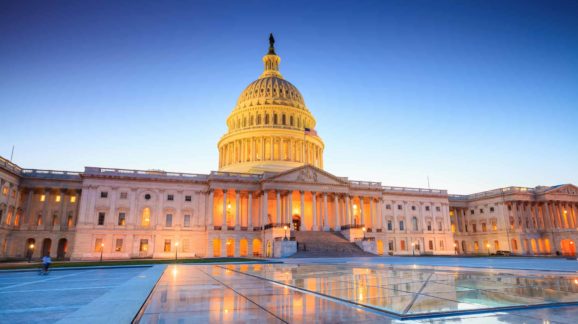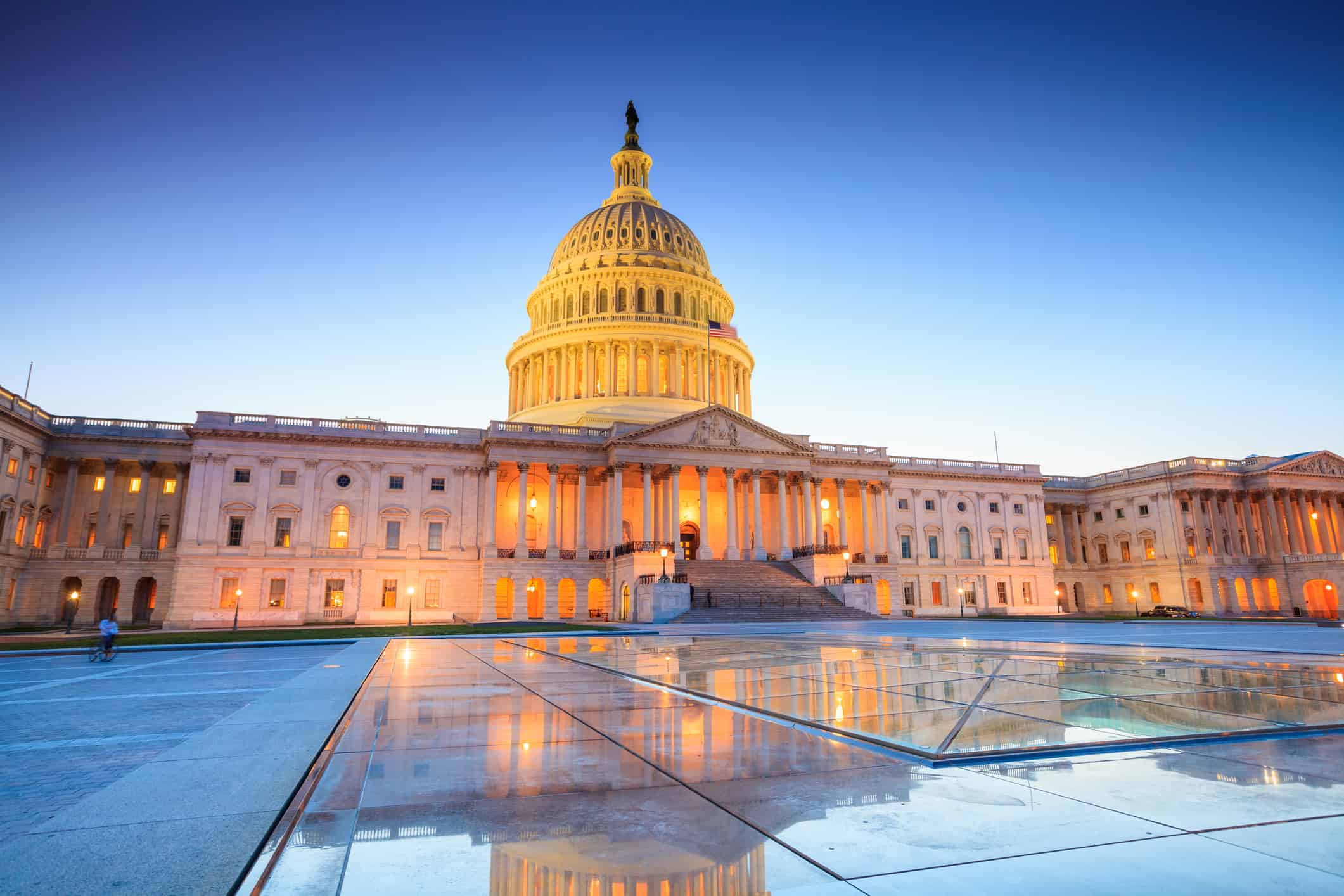Latest Bipartisan Carbon Tax Folly

 On Tuesday, November 27th, Representatives Ted Deutch (D-FL), Francis Rooney (R-FL), John K. Delaney (D-MD), Brian Fitzpatrick (R-PA), and Charlie Crist (D-FL) introduced H.R. 7173, the Energy Innovation and Carbon Dividend Act (EICDA). The bill would tax greenhouse gas emissions and return the net revenue in rebates to U.S. households.
On Tuesday, November 27th, Representatives Ted Deutch (D-FL), Francis Rooney (R-FL), John K. Delaney (D-MD), Brian Fitzpatrick (R-PA), and Charlie Crist (D-FL) introduced H.R. 7173, the Energy Innovation and Carbon Dividend Act (EICDA). The bill would tax greenhouse gas emissions and return the net revenue in rebates to U.S. households.
The bill aims to reduce U.S. greenhouse gas emissions by 40 percent in 12 years and 91 percent by 2050, compared to 2015 levels. This would be achieved by imposing a tax of $15 per metric ton of carbon dioxide-equivalent (CO2e) emissions in 2022 and increasing the tax by $10 every year. Rep. Deutch’s website has a one-page puff piece on the bill.
I am unaware of any technical economic study at this time that estimates the Deutch bill’s impacts on U.S. firms, workers, and economic growth, but the net economic harm would be sizable. Few investors want to park their capital in industries Congress has targeted for extinction. Consequently, many carbon-intensive firms would go bankrupt long before explicit carbon prices rendered them unprofitable.
A booming energy sector, bolstered by the Tax Cuts and Jobs Act of 2017 and President Trump’s pro-growth energy agenda, is a major source of new jobs, competitiveness, economic growth, and geopolitical advantage. That would all come crashing down if H.R. 7173 were enacted. The U.S. government cannot pursue deep de-carbonization in earnest, as this bill proposes to do, without aborting the emerging era of U.S. energy dominance.
Several of the bill’s features are particularly troublesome. Unlike other taxes enacted by Congress, the carbon “fees” in H.R. 7173 increase on autopilot from 2022 through 2050.
Instead of using carbon tax revenues to cut taxes on capital or labor, H.R. 7173 would distribute the proceeds in pro-rata shares to all citizens and legal residents. This guarantees that the bill will have net negative impacts on U.S. GDP (see the Institute for Energy Research’s recent study, Carbon Tax: Analysis of Six Potential Scenarios).
Although the bill would preempt the Environmental Protection Agency from regulating greenhouse gas emissions under several Clean Air Act (CAA) provisions (sections 202, 211, 213, and 231, which deal with automobiles, motor fuels, non-road engines, and aircraft, respectively), it does not preclude greenhouse gas regulation under the National Ambient Air Quality Standards program (CAA sections 108-110), the stationary source performance standards program (CAA section 111), or the international air pollution program (section 115).
Notwithstanding the aforementioned regulatory exemptions for motor vehicles, non-road engines, and aircraft, the bill authorizes the EPA to limit greenhouse gas emissions from those sources. It would also legalize California’s purloined power to set motor vehicle greenhouse gas emission standards.
Nor is that all. The bill sets emission-reduction targets for 2022-2050, and if those goals are not met, H.R. 7173 requires the EPA “to issue such regulations as the Administrator deems necessary to bring greenhouse gas emissions . . . to levels that are at or below the emission reduction targets.”
In short, although dubbed a “carbon fee,” the bill establishes de facto carbon caps, which means that any purported price predictability is an illusion.
Finally, “Nothing in this legislation shall preempt or supersede, or be interpreted to preempt or supersede, any State law or regulation.” That means states like California and regional compacts like the Northeast Regional Greenhouse Gas Initiative (RGGI) are free to offset any regulatory relief the bill might achieve in federal environmental programs.